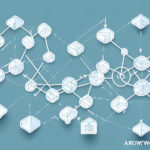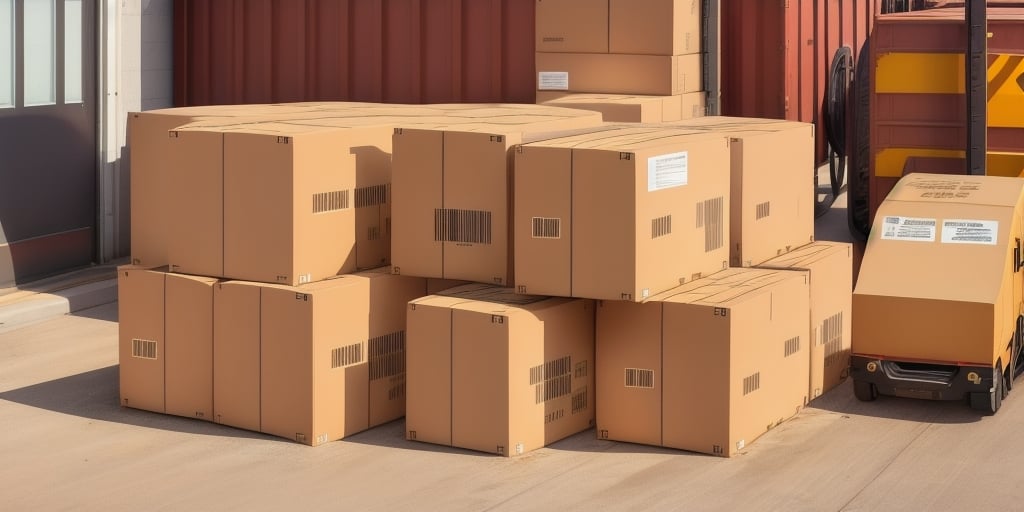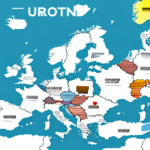Understanding TACT (The Air Cargo Tariff): An Essential Guide
Are you involved in the air cargo industry? Do you fully understand TACT (The Air Cargo Tariff) and its implications on your business? If not, this comprehensive guide is for you.
In this article, we provide an in-depth overview of TACT, its history, and its evolution. We also examine its impact on the global air cargo industry and explore the role of the International Air Transport Association (IATA) in developing and updating TACT regulations. Additionally, we cover several key topics, including:
- Navigating the complexities of TACT tariffs and surcharges
- Understanding the different types of charges in TACT
- Leveraging TACT for better rate negotiations with airlines and freight forwarders
- Common challenges in implementing TACT guidelines
- The future of TACT and emerging trends
- Key benefits of TACT-compliant processes
- Best practices for maintaining compliance with evolving TACT regulations
Finally, we present real-world examples of companies that have successfully implemented TACT strategies to enhance their operations.
What is TACT and Its Importance in Air Cargo?
Definition and Scope of TACT
TACT is a comprehensive database of air cargo rates and charges designed to provide both carriers and shippers with a standardized framework for quoting and billing air freight services. Essentially, TACT establishes the pricing and rate structures that govern the air cargo industry worldwide. Understanding TACT is crucial for air cargo shipping, as its regulations shape the processes, requirements, and pricing of air freight.
Key Components of TACT
TACT covers various aspects of air cargo shipping, including:
- Basic Freight Rates: Standard charges for transporting goods.
- Security Surcharges: Fees related to security measures.
- Fuel Surcharges: Adjustments based on fuel price fluctuations.
- Customs Duties: Government-imposed fees based on the value of goods.
- Handling Fees: Charges for the physical handling of cargo.
Additionally, TACT provides guidelines for handling dangerous goods, perishable items, and live animals, ensuring compliance with international safety standards.
The Evolution and History of TACT
Origins of TACT
First launched in 1950, TACT evolved from a simple pricing manual to a robust database encompassing over 59,000 air cargo stations in more than 190 countries and covering over 200 airlines. This extensive coverage simplifies freight rate calculations and surcharges, providing accurate and up-to-date information for industry stakeholders.
Recent Developments and Features
In response to industry trends, TACT has introduced several new features, including:
- TACT Rules Editor: Allows users to create and manage custom pricing and surcharge rules, catering to unique business needs.
- Mobile Application: Facilitates on-the-go access to the TACT database, ensuring users stay informed with the latest rates and charges.
- Advanced Analytics: Incorporates data analytics tools to help users make informed pricing decisions based on market trends.
These enhancements have significantly improved the usability and functionality of TACT, making it an indispensable tool for modern air cargo operations.
Impact of TACT on the Global Air Cargo Industry
Standardization of Rates and Practices
TACT serves as the backbone of the air cargo industry by standardizing rates and practices across different regions and airlines. This standardization ensures consistency in pricing, reducing confusion and disputes between carriers and shippers.
Facilitating International Trade
By providing clear guidelines and standardized rates, TACT plays a vital role in facilitating international trade. It ensures that air cargo shipments are handled safely and efficiently, which is essential for businesses relying on global supply chains.
Compliance and Safety
TACT's regulations also help prevent the spread of diseases and pests by outlining proper procedures for transporting sensitive goods. This contributes to global food security and public health by ensuring that shipments meet international safety standards.
The Role of IATA in Developing and Updating TACT
IATA's Responsibilities
The International Air Transport Association (IATA) is pivotal in developing and maintaining TACT. IATA ensures that TACT remains up-to-date with industry trends and global economic changes by regularly reviewing and revising the tariff regulations.
Collaboration with Industry Stakeholders
IATA collaborates with freight forwarders, carriers, and regulatory bodies to introduce new standards and ensure universal adoption of TACT guidelines. This collaboration helps maintain consistency and alignment with international regulations.
Training and Certification
IATA offers training and certification programs covering various aspects of air cargo, including cargo handling, dangerous goods regulations, and security procedures. These programs ensure that industry professionals are well-versed in TACT regulations and best practices.
Navigating TACT Tariffs and Surcharges
Understanding TACT Pricing Structures
TACT pricing and surcharging can be complex, involving multiple components such as basic freight rates, security surcharges, and fuel adjustments. To effectively navigate these complexities, it is essential to work with experienced freight forwarders or air cargo specialists who understand TACT regulations.
Strategies for Effective Management
- Stay Informed: Regularly review industry publications and updates to stay abreast of changes in TACT regulations.
- Leverage Technology: Utilize software tools and the TACT mobile app to manage and calculate tariffs accurately.
- Maintain Open Communication: Engage in continuous dialogue with partners to address any discrepancies or issues promptly.
By implementing these strategies, businesses can minimize errors, reduce disputes, and optimize their shipping costs.
Benefits of Implementing TACT-Compliant Processes
Financial Advantages
Compliance with TACT regulations can lead to significant cost savings by ensuring accurate billing and reducing the risk of financial penalties due to non-compliance. Efficient tariff management also contributes to better budgeting and financial planning.
Operational Efficiency
TACT-compliant processes streamline operations by standardizing procedures and reducing administrative burdens. This leads to faster cargo clearance, improved collaboration with partners, and enhanced overall efficiency of air freight operations.
Enhanced Customer Satisfaction
Accurate and transparent pricing builds trust with customers, leading to higher satisfaction levels and stronger business relationships. TACT compliance ensures that customers receive reliable and consistent service, which can differentiate a business in a competitive market.
Best Practices for Staying Compliant with Evolving TACT Regulations
Continuous Learning and Training
Stay updated with the latest TACT regulations by participating in IATA training programs and industry seminars. Continuous education ensures that your team is knowledgeable about current standards and best practices.
Utilize Expert Resources
Engage with consultants or utilize specialized software solutions that offer expertise in TACT compliance. These resources can provide valuable insights and tools to manage tariffs effectively.
Attend Industry Events
Participate in trade shows, conferences, and webinars to stay informed about industry trends and regulatory changes. Networking with peers and experts at these events can also provide practical solutions to compliance challenges.
Future of TACT: Emerging Trends and Innovations
Technological Advancements
The future of TACT is being shaped by advancements in technology, including digitized documentation, blockchain-based transactions, and automation of air cargo processes. These technologies enhance the accuracy and efficiency of tariff management, making compliance easier and more reliable.
Integration with Global Supply Chains
As global supply chains become more interconnected, TACT is evolving to support seamless integration across different regions and systems. This integration facilitates better coordination and communication among all stakeholders in the air cargo industry.
Sustainability and Environmental Considerations
With increasing focus on sustainability, future TACT regulations may incorporate environmental charges and incentives for eco-friendly shipping practices. This shift aligns with global efforts to reduce the carbon footprint of air cargo operations.
Case Studies: Successful Implementation of TACT Strategies
Logistics Provider Enhances Transparency
A leading logistics provider improved their accuracy and transparency by using TACT regulations as a reference point for data management. This implementation led to more precise billing and stronger relationships with clients.
Air Cargo Carrier Optimizes Capacity Utilization
An air cargo carrier transformed its cargo capacity utilization rate by adopting dynamic pricing models based on TACT data and market trends. This strategy increased profitability and operational efficiency.
In conclusion, TACT plays a critical role in the air cargo industry by standardizing rates, ensuring compliance, and facilitating efficient global trade. Understanding and adhering to TACT regulations is essential for reducing costs, enhancing operational efficiency, and improving customer satisfaction in the air cargo business. Key takeaways include mastering the complexities of TACT pricing and surcharges, leveraging expert guidance, and staying informed about the latest developments and trends to maintain compliance and competitiveness.






















